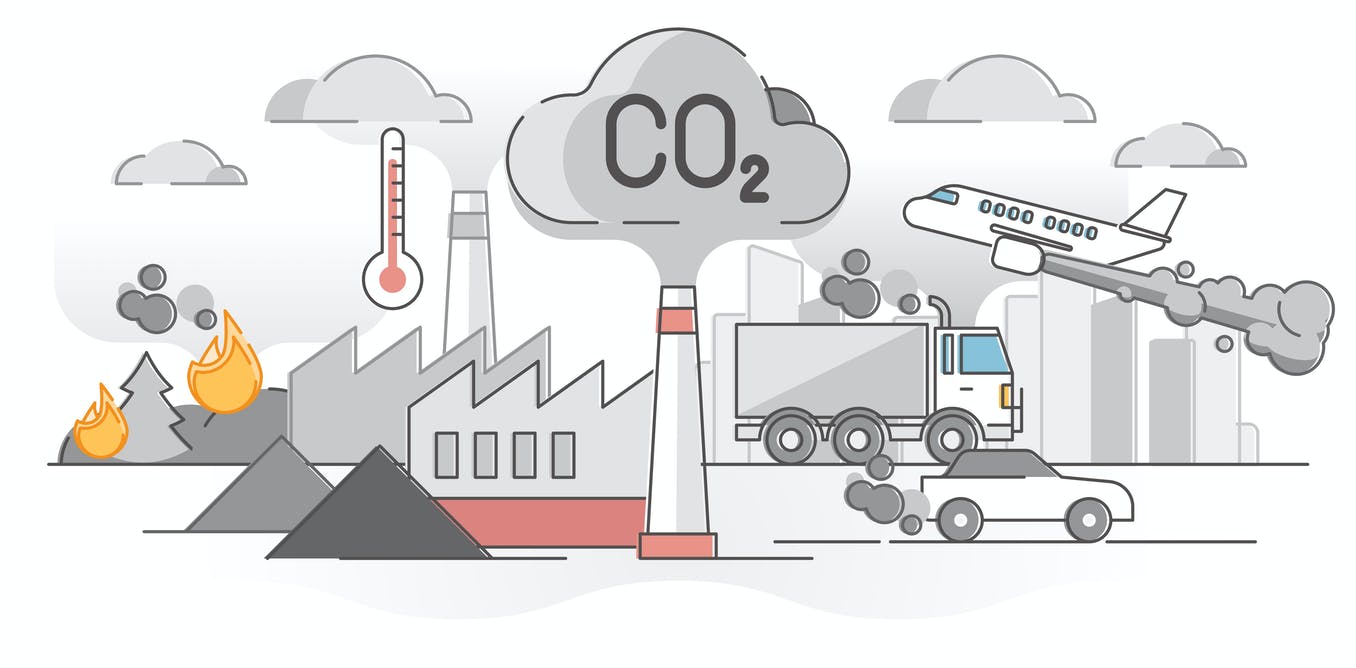7 Tips on How to Become a Carbon Neutral Company

Carbon neutrality is an environmental strategy that aims to offset the adverse effects of human activity on the environment. It is a way to reduce greenhouse gas emissions and other harmful chemicals produced by humans. Carbon neutrality can be attained by purchasing offsets, such as renewable energy credits or direct actions.
Today, we are all aware that there are a lot of problems with our planet. Climate change is known to be one of the most significant issues facing humanity, and it’s only getting worse. If you’re a company that wants to be a part of the solution, then buying carbon offsets is a great place to start.
1. Plan Ahead
Before becoming a carbon-neutral company takes any action, they first need to have a plan in mind. This might mean coming up with their own set of goals and ideas because this process will take some time before they implement these changes. They also want to make sure that their current operations aren’t harming the environment. For example, if they already sell products made from plastic but honestly believe that making those same items out of paper would not harm the environment—and thus buy back those certificates instead.
2. Reduce Waste
Another thing that companies should do when trying to achieve carbon neutrality is reduce waste production. Companies tend to use more resources for packaging than necessary while producing less reusable materials. Thus, when selling their goods, consumers end up throwing away boxes and packing material at home or sending them to landfills where they use plastics leach into soil or waterways. When consumers buy something online, many websites offer return policies that allow customers to return unused merchandise within certain days without paying extra fees. So, when looking for a website to shop from, always look for ones that provide free returns rather than charging hidden fees like restocking charges or shipping costs! Also, people often throw away leftover food, so why not use edible containers to store your leftover foods?
3. Recycle And Reuse
One of the best methods to help reduce the amount of pollution generated during the manufacturing phase is recycling and reusing what’s being thrown away. Manufacturers could produce fewer raw materials by recreating existing materials rather than creating entirely new products. Additionally, manufacturers could choose to reuse old components to save money.
4. Use Renewable Energy Sources
As previously mentioned, most of us know how important conserving natural resources is. Therefore, it makes sense for businesses to find environmentally-friendly alternatives to traditional sources of electricity generation. According to consultants from Utility Bidder, using alternative power sources offers several benefits: it helps lower a business’ dependence on fossil fuels, reduces air pollution, lowers noise levels, improves worker safety, prevents damage to equipment, increases employee productivity, provides greater flexibility & saves cost.
5. Use Green Technologies
The idea behind green technologies is similar to saving energy – using clean, renewable forms of power rather than dirty, nonrenewable types. However, unlike other methods such as solar panels and wind turbines, which require significant investment upfront, green technology does not necessarily require much initial capital. Instead, green technologies can reduce operational expenses by lowering heating/cooling requirements, lowering fuel usage demand, and improving building efficiency. There are two main categories of green tech: sustainable construction techniques and low emission vehicles. Sustainable Construction Techniques include efficient design, high-performance insulation, LED lighting systems, rainwater harvesting, etc. In contrast, Low Emission Vehicles focus on improving vehicle emissions, including hybrid cars, electric cars, biodiesel engines, etc.
6. Develop New Products
Not every product needs to be completely eco-friendly; however, just about anything produced nowadays has its share of environmental impacts, primarily since modern society relies heavily upon electronics. Overall, a great way to make sure you’re doing the right thing is developing a line of eco-conscious electronic gadgets such as cell phones, laptops, cameras, MP3 players, digital video recorders, TVs, DVD players, etc. Making these items with better quality and environmentally friendly components will last longer and will likely have a more negligible impact on our environment than others. In addition, if appropriately manufactured, each gadget would only need one single charge per day, thus cutting back on unnecessary battery replacement costs. Moreover, some people think that the lack of a memory card slot on mobile devices means we don’t need flash drives anymore because there’s no place to put data. But this couldn’t be further from the truth. Flash drives still serve a clear purpose despite lacking slots — they keep information safe inside computers via solid-state storage.
7. Avoid Emissions
This can be a challenging suggestion, but it isn’t so far fetched after all. According to studies, even though today’s gasoline engine produces fewer harmful pollutants than previous generations of gas guzzlers, they’ve found that many newer models produce more greenhouse gases or global warming gasses. To avoid GHGs, consider buying older model vehicles instead of new ones. If possible, try to drive less often to save money on gas. Also, when driving, use cruise control whenever possible and leave your car idling while waiting for traffic lights or filling up your tank. Lastly, turn down the heat during winter months, switch off unused appliances, unplug chargers before going to bed, and remember to recycle regularly.
If your business has already decided to go green, you have much more work ahead of you than just making the change. It’s not enough to say that your business is going green; you need to make sure that you are doing all that you can to reduce your environmental impact.




